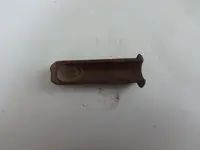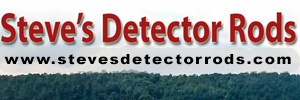Goldstar1
Full Member
- Joined
- May 22, 2010
- Messages
- 222
- Reaction score
- 295
- Golden Thread
- 0
- Detector(s) used
- Goldbug Pro ,
Equinox 800
- Primary Interest:
- All Treasure Hunting
Does anyone have any idea what this is? it measures appx 2.2" x .75" x .25" . I have found them in several late 1880s spots but not sure what they are. Thanks










